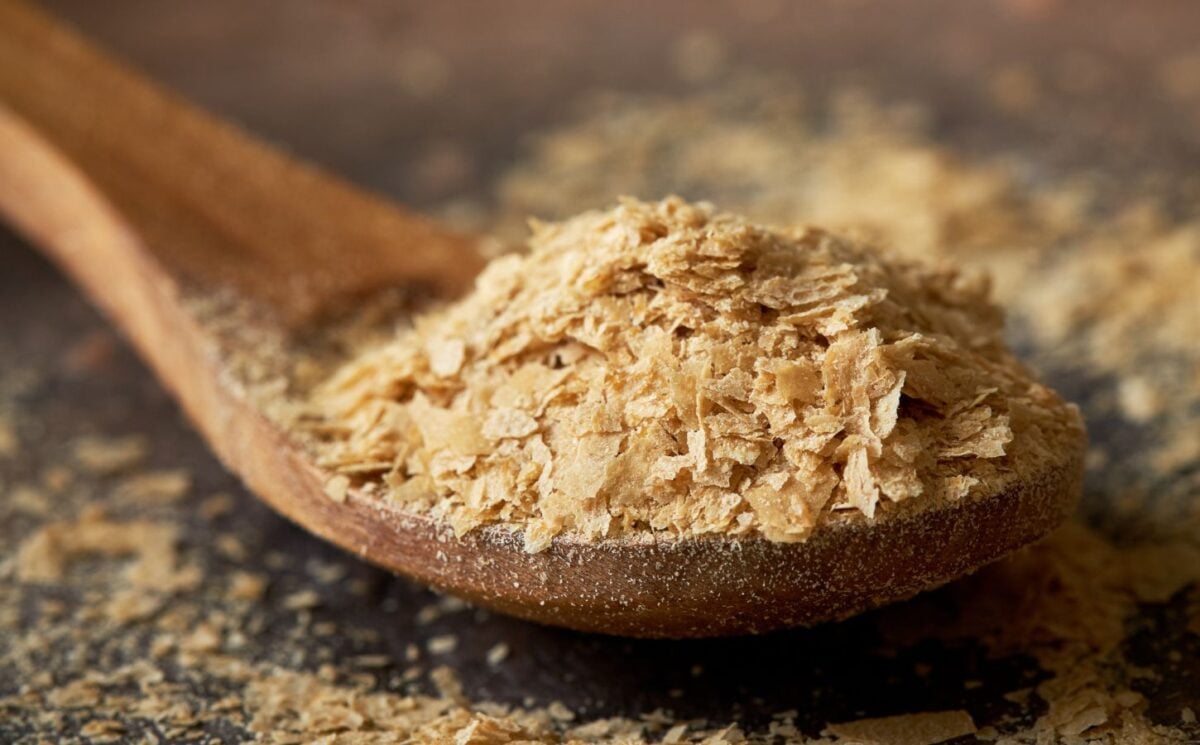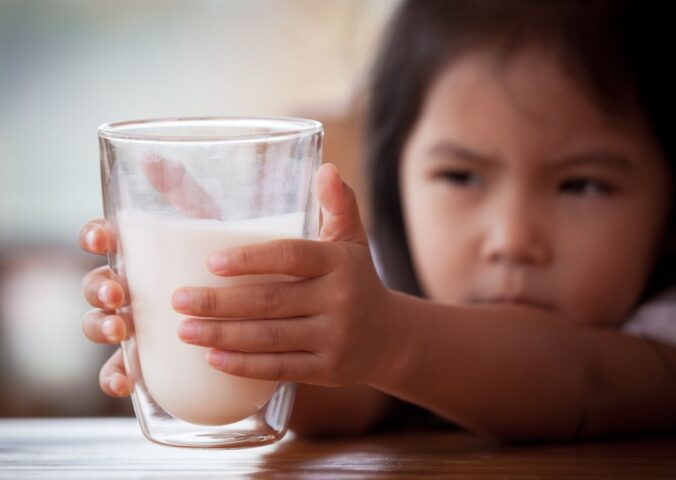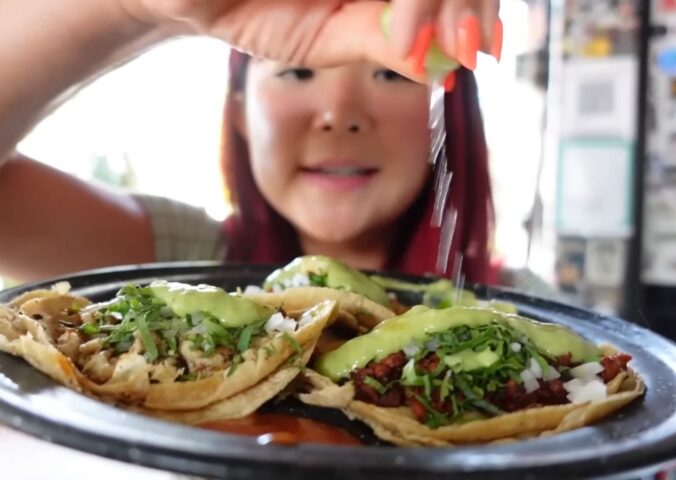Many plant-based foods are great sources of protein. Those that contain all nine of the amino acids that are essential for humans are considered complete vegan protein sources.
Read more: 8 Protein-Rich Vegetables To Add To Your Meals
Some plant-based protein sources are missing or low in some of the amino acids, but that doesn’t mean they don’t contribute to your protein needs. You just need to make sure you’re eating a range of plant foods that complement each other to cover your bases.
“The key thing is to eat a balanced and varied diet that provides adequate calories and features meals containing sources of good-quality protein,” Andrea Rymer, dietitian at the Vegan Society, told Plant Based News. “It’s also good to bear in mind that protein obtained from lower quality sources such as rice and other grains can make valuable contributions to your overall intake.”
As for the complete proteins, they contain adequate amounts of each histidine, isoleucine, leucine, lysine, methionine, phenylalanine, threonine, tryptophan, valine. These are the amino acids that your body can’t produce on its own. Each one has an important role to play in supporting health. For example, leucine helps to regulate blood sugar levels, while valine contributes to proper cognitive function and muscle coordination.
Here are the best plant-based sources of complete protein, and some inspiration for how to include them in your diet.
Read more: 15 High Protein Vegan Lunch Ideas
Soy beans
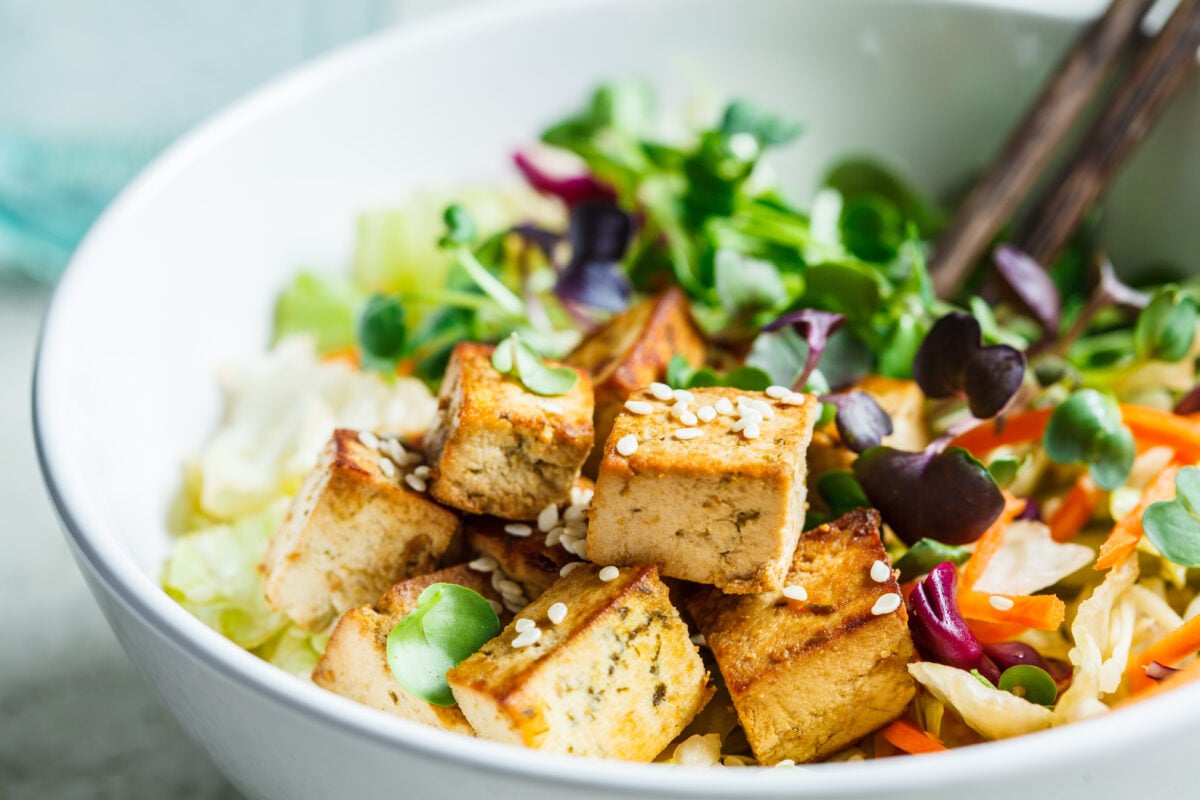
Soy has developed a bit of a bad reputation, with many plant-based products now being promoted as free of soy. That’s great for people with a soy allergy, but otherwise soy beans are an incredible complete vegan protein source. It’s on par with animal-based protein for quality, as well as being low in fat and a source of iron and fiber. The British Heart Foundation recommends replacing meat with 25g of soy protein a day to help lower cholesterol levels.
There are loads of soy-based foods to choose from. Tofu and tempeh are obvious choices, made using different processing methods. Tofu is made by condensing soy milk and pressing it into blocks. Tempeh is made with fermented soy beans, which means it’s also good for your gut microbiome. As tempeh is denser than tofu, it contains almost double the amount of protein at around 21g in a 100g serving. Edamame beans are another great choice. A cup of these whole soy beans provides around 18g of protein.
Dairy alternatives such as soy milk and soy yogurt also provide a good dose of protein, with soy milk being comparable to cow’s milk in protein content. Many plant-based meat alternatives are made using soy beans, and can contain protein similar to their meat counterparts.
Try this tofu breakfast scramble to start your day or this teriyaki tempeh for a protein-packed dinner.
Quinoa
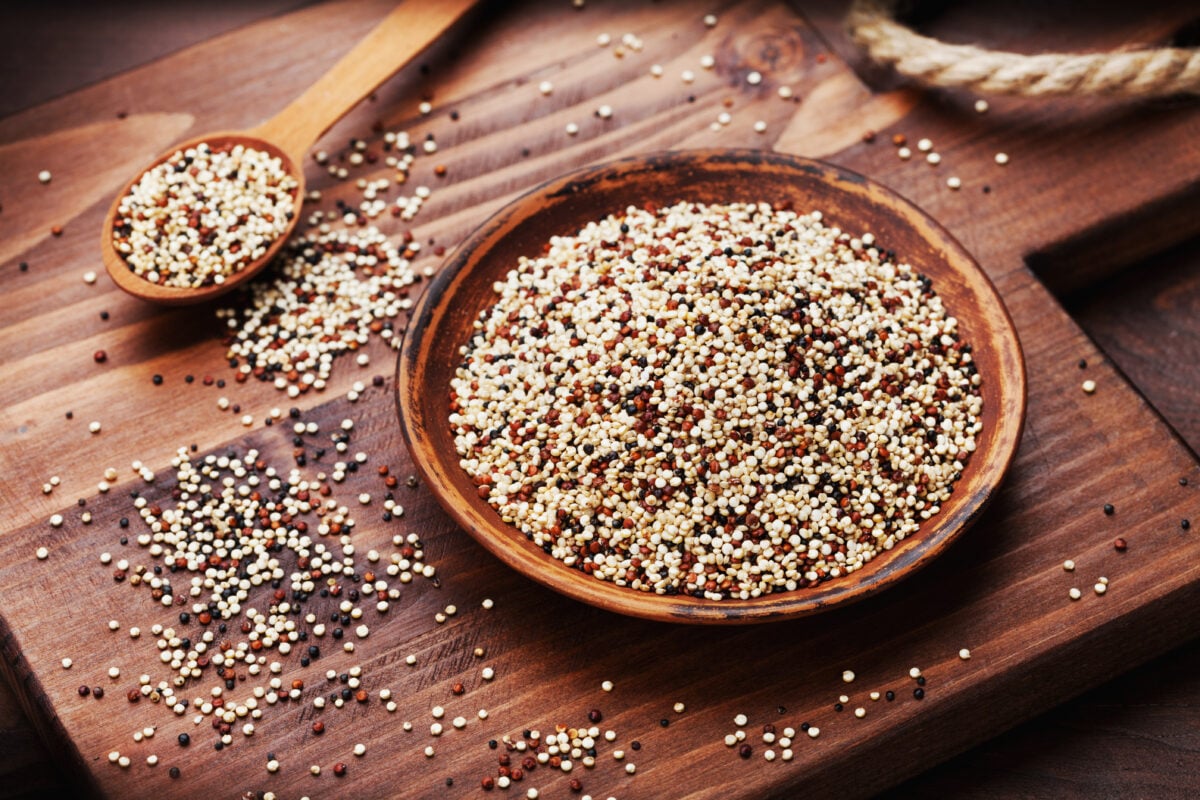
Quinoa is used in cooking in a similar way to grains but it’s actually a type of seed from a flowering plant. It originates from South America, where it has been cultivated for thousands of years. It has a slightly nutty flavor and a crunchy texture, and comes in 120 varieties, the most being black, red, or white. There isn’t much difference between these from a nutritional standpoint, with one cup providing around 8g of protein. White quinoa is the least bitter, while red and black quinoa are chewier in texture. As well as being protein-rich, quinoa is packed with iron, magnesium and fiber.
Quinoa is great in both sweet and savory recipes. Try this healthy sweet-berry breakfast bake or this quinoa and edamame salad for a protein-rich lunch.
Buckwheat
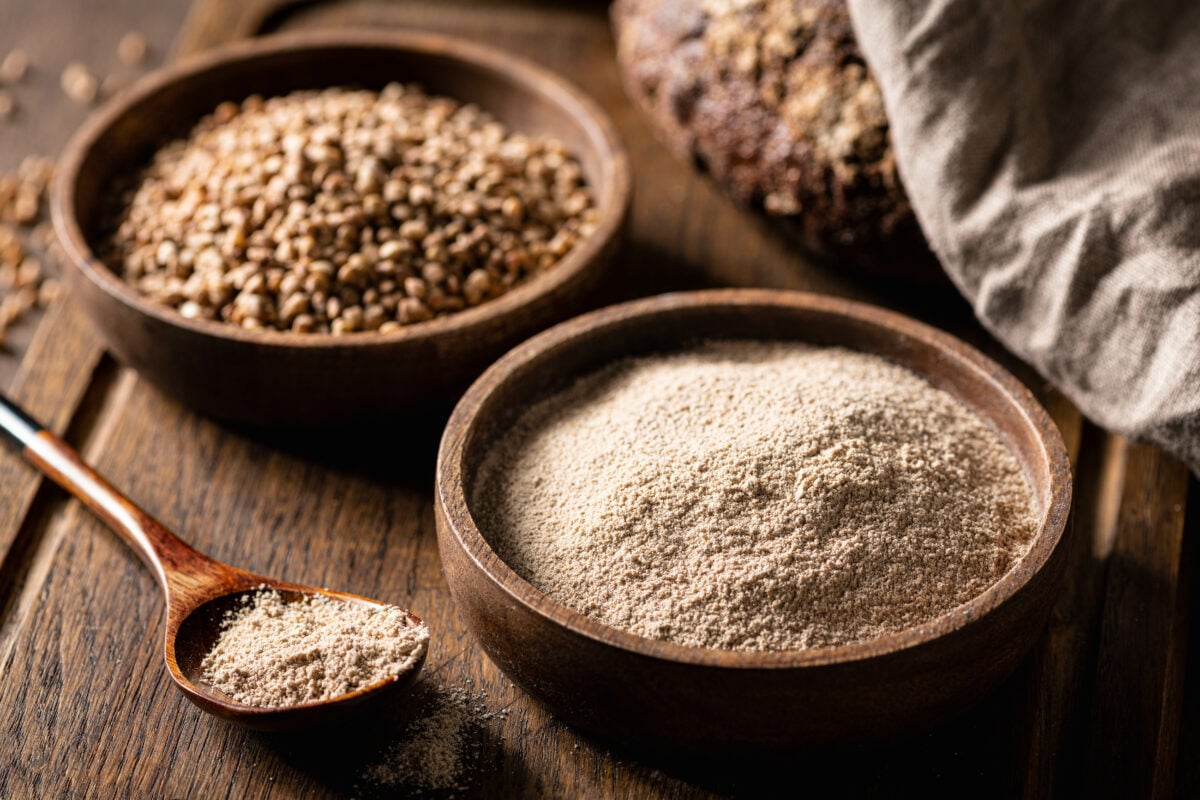
Like quinoa, buckwheat is a seed, not a grain. It’s slightly lower in protein than quinoa, at 6g per 100g, though it’s got particularly high levels of lysine and arginine. Buckwheat is full of other important mineral and vitamins too, such as manganese, phosphorous, magnesium, and copper, as well as 10g of fiber.
You can simmer buckwheat until it becomes tender, which you can turn into porridge, or you can soak and bake it to make it crunchy. Buckwheat flour is a great way to make things like pancakes healthier. Japanese soba noodles are made of buckwheat and are a nutritious alternative to regular noodles.
Not sure where to start with buckwheat? Try these savory pancakes with hummus and roast peppers, or buy some soba noodles to make a sesame ginger cold noodle bowl.
Hemp seeds
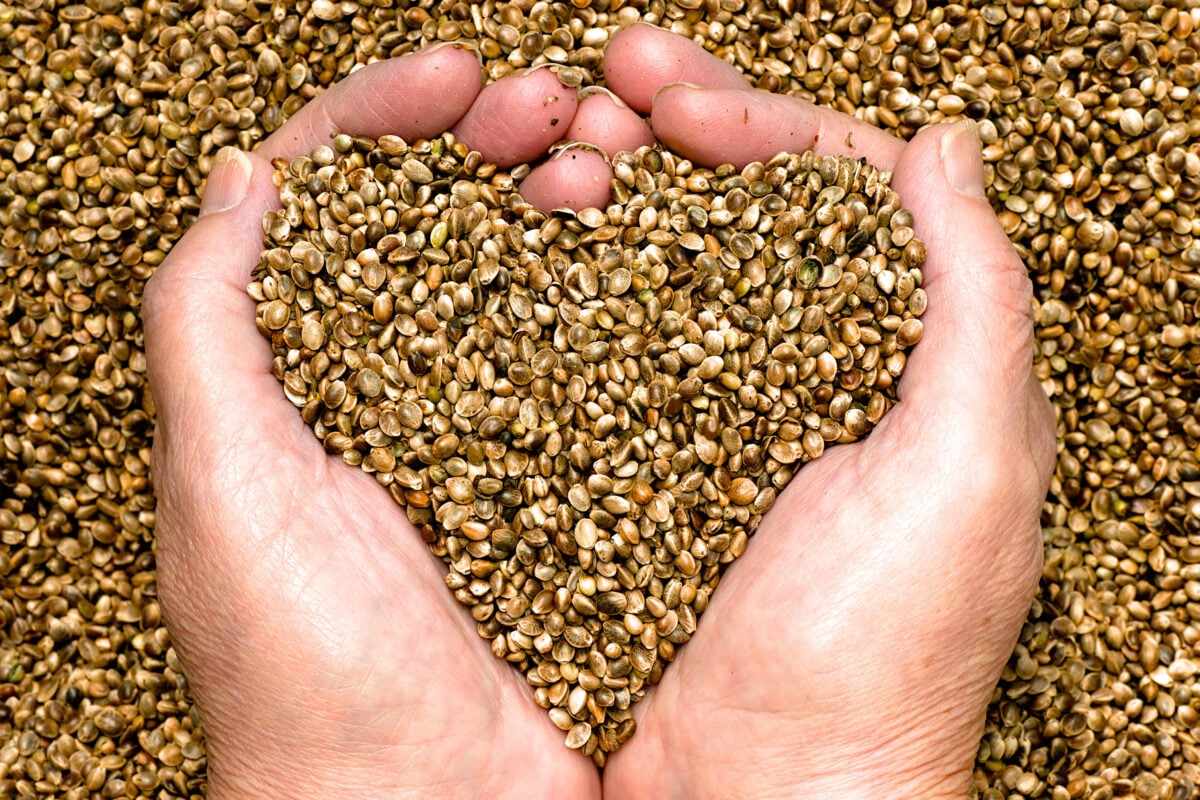
The hemp plant has become a symbol of sustainability, with everything from dairy-free alternatives to building materials being made from it. Its seeds are also a nutritional powerhouse. Just 30g of hemp seeds packs 10g of complete vegan protein and 15 percent of your daily iron needs. The seeds are full of fiber as well as essential fatty acids omega-3s and omega-6s. They’re rich in manganese, copper, magnesium, and several B vitamins.
Something to keep in mind when buying hemp seeds is whether they are hulled or not. The shells of hemp seeds are very crunchy, and the seed’s nutrients are more accessible when they’re hulled. The insides, known as hemp hearts, are soft and can simply be sprinkle on top of a variety of meals such as granola, salads, or even on top of desserts.
Try this raspberry smoothie bowl, which features chia seeds and flax seeds as well as hemp hearts. Or use hemp hearts to make the dressing in this creamy potato salad recipe.
Chia seeds
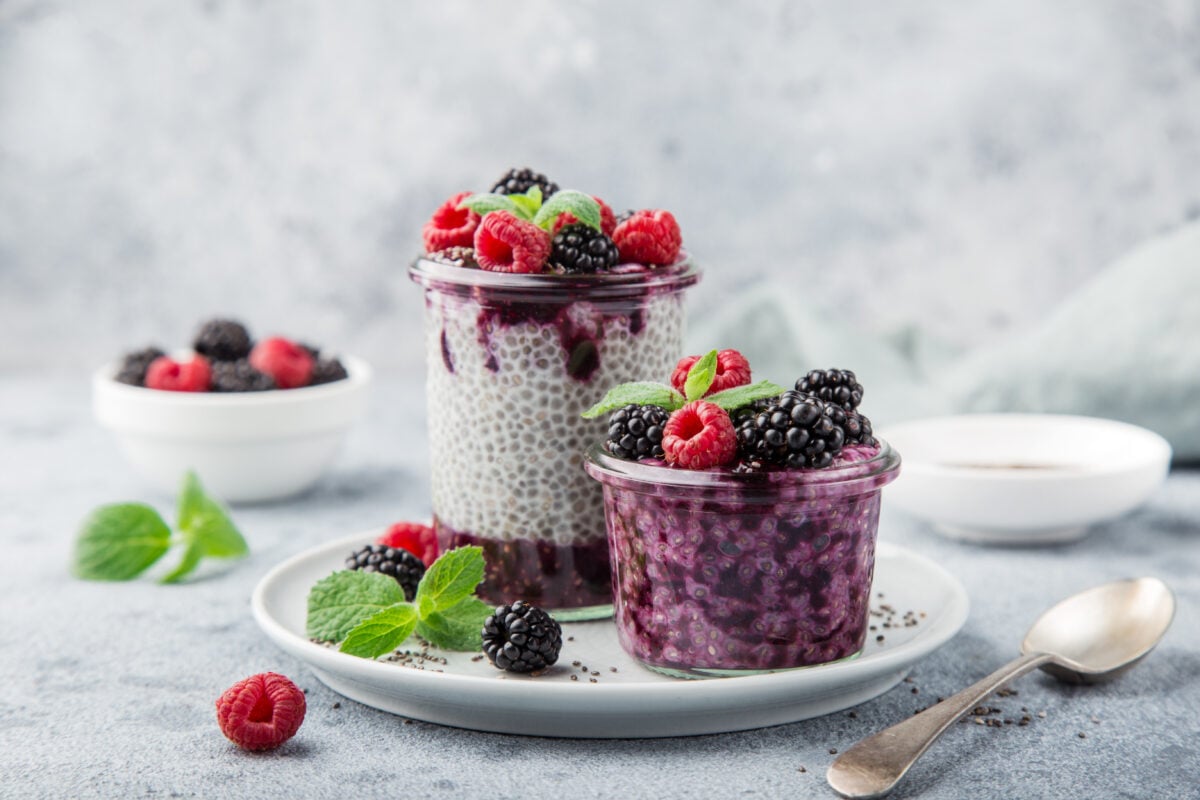
Chia seeds, which come from a flowering desert plant from South America, have become hugely popular lately, and with good reason. A serving of 28g provides 4g of protein, and they’re also rich in omega-3s, iron, fiber, calcium, and antioxidants. They could even have medical applications such as lowering blood pressure and helping treat cancer.
Chia seeds can be eaten raw simply by adding them to meals such as breakfast cereal, salads, or in smoothies. But the most popular way to eat them is by soaking them to make chia seed pudding. They also work as an egg replacer for vegan recipes.
Try these strawberries and cream chia cheesecake pots for an indulgent dessert or a healthy oil-free granola for breakfast.
Nutritional yeast
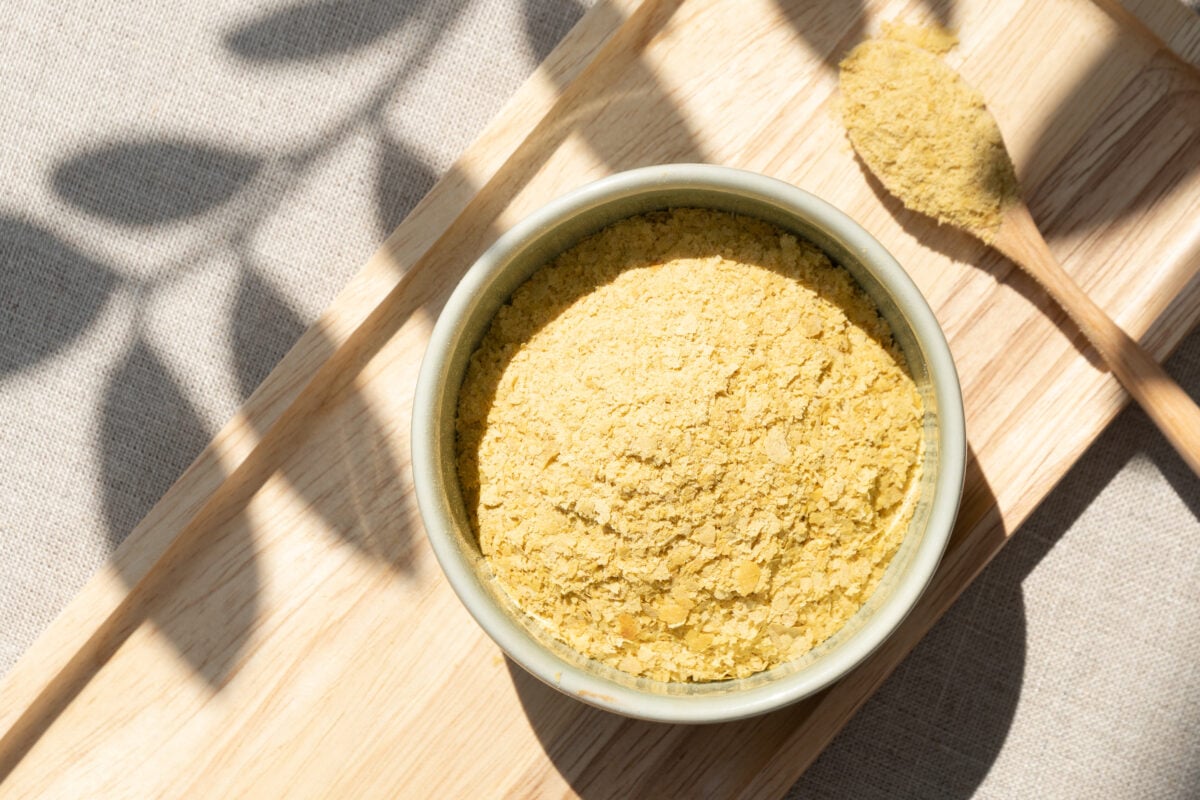
Nutritional yeast, popularly known as “nooch,” is a complete protein, though you’d have to eat rather a lot of it for it to contribute sufficiently to your protein needs. But it’s still worth adding to your diet, particularly as it’s a great source of many B vitamins. It is also usually fortified with B12, making it popular with vegans.
With a nutty, cheesy flavor, it’s perfect for adding to pastas, soups, and sauces. Try this southwest pasta salad at your next barbecue, or this creamy, cheesy tomato pasta for a comforting dinner.
Amaranth
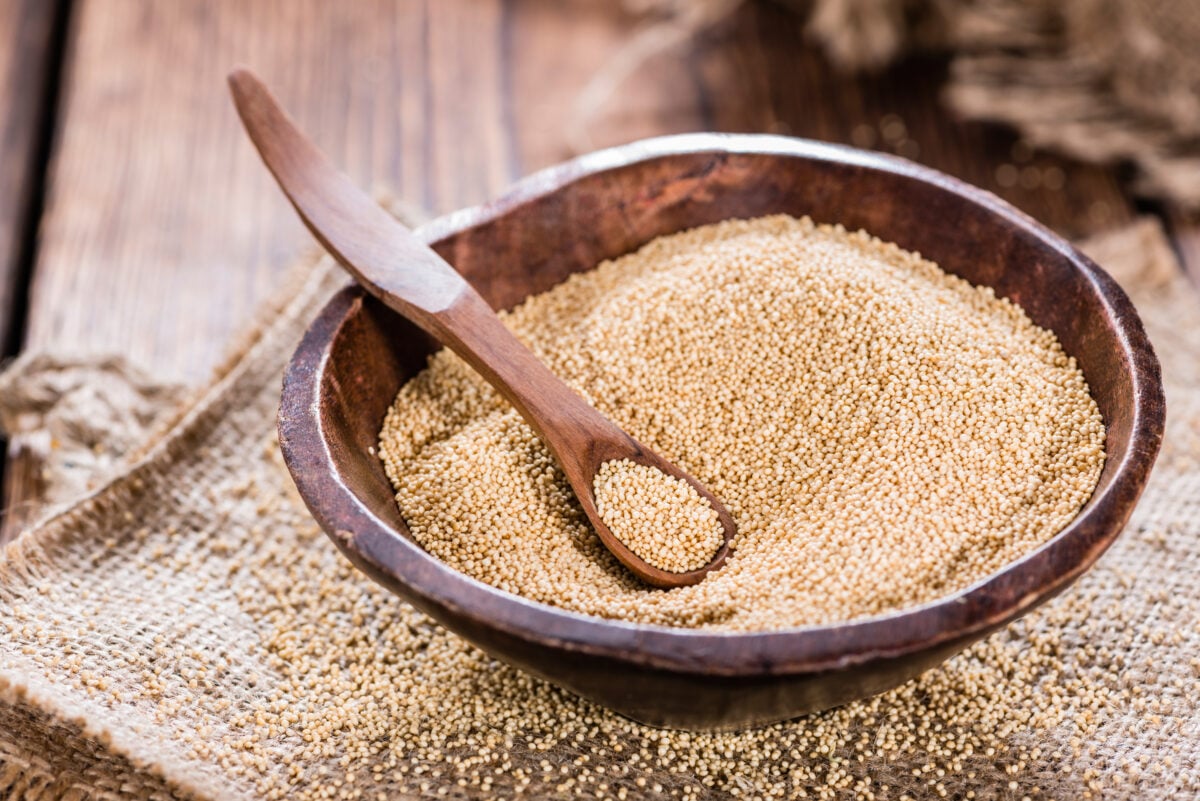
A seed like buckwheat and quinoa, amaranth has an 8000-year history of cultivation. It has recently been gaining more widespread attention for its incredible nutrition, though it remains more of a specialty health food in Europe. As well as being a complete protein, it’s a rich source of minerals including manganese, magnesium, phosphorus, and iron. And it’s packed with antioxidants that could help reduce inflammation and improve brain health. The amaranth plant is also an edible leafy green.
Like quinoa, amaranth has a slightly nutty flavor and can work as a replacement for rice, or can be cooked into a porridge.
Ezekiel bread
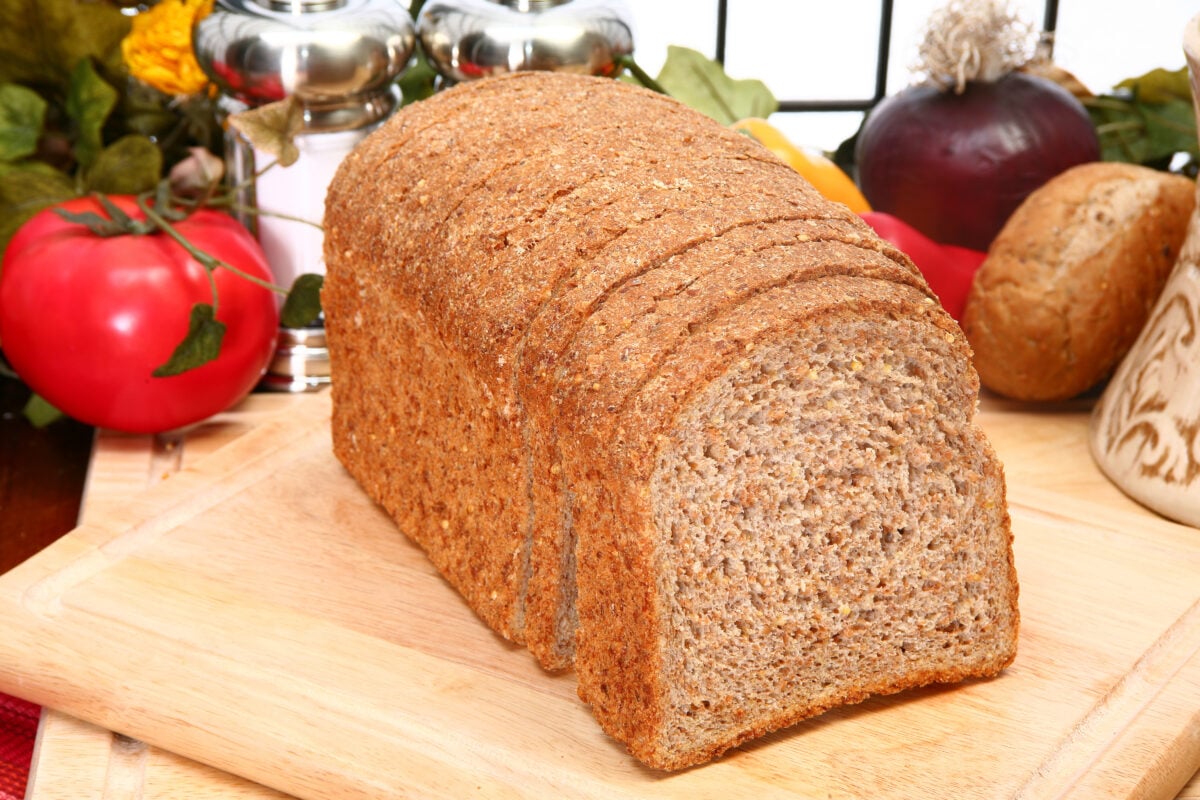
You’ll need to look in specialty food stores to find Ezekiel bread, which takes its name from the Bible. Unlike regular bread, it contains no flour, only sprouted whole grains and legumes. Six to be precise: wheat, millet, barley, spelt, soybeans, and lentils. Sprouted grains and legumes are particularly nutrient-dense. According to Food for Life, a company that makes Ezekiel bread, the bread contains all the essential amino acids plus nine more.
Complementary proteins
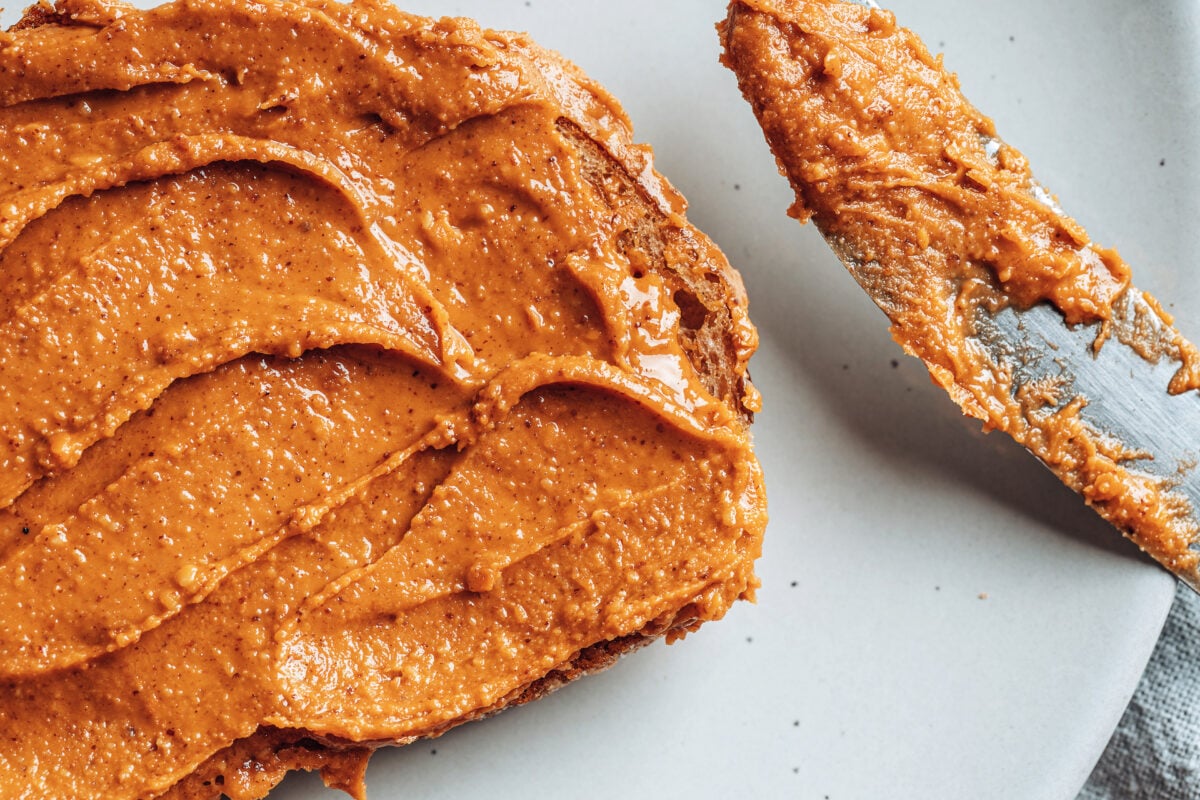
There are lots of plant-based foods that aren’t complete proteins on their own, but provide all the essential amino acids when paired together. As a general rule, eating legumes with grains, nuts, or seeds will ensure you’re getting enough of all the amino acids you need. You don’t even need to eat them during the same meal. Eating wholegrains for breakfast and chickpeas at lunch, for example, would do the job.
Some classic complementary proteins include peanut butter on wholemeal bread, beans and rice, and soy milk with oats. Other options include seitan seasoned with soy sauce, as soy sauce contains lysine, the one amino acid that’s missing from high-protein seitan. According to Rymer, dietitians will “place emphasis” on eating legumes because of their high lysine content. “Research suggests that higher intakes [of lysine] are linked to increased likelihood of living a long and healthy life,” she said. Chickpeas are a popular protein-rich legume. Pairing them with pumpkin seeds, which are super nutritious but low in lysine, ticks all the amino acid boxes. Sprinkle pumpkin seeds on top of hummus, or try this hearty chickpea and pumpkin pilaf.
Read more: 25 High Protein Vegan Recipes
